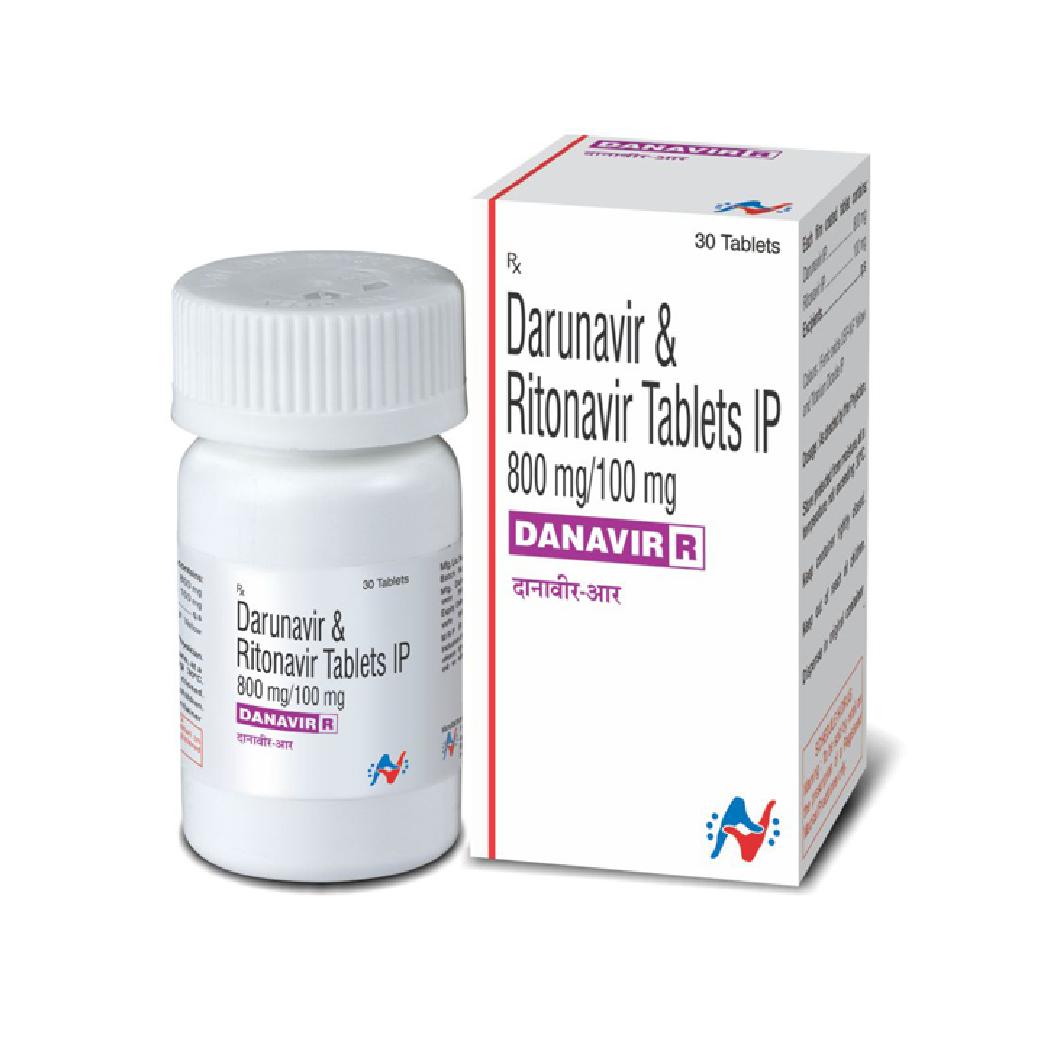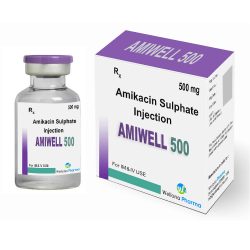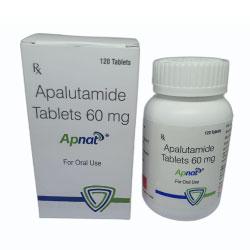Description
Darunavir + Ritonavir Tablets: Darunavir, co-administered with ritonavir, and with other antiretroviral agents, is used for the treatment of human immunodeficiency virus (HIV-1) infection.
This indication is based on analyses of plasma HIV-1 RNA levels and CD4+ cell counts from 2 controlled Phase 3 trials of 48 weeks duration in antiretroviral treatment-naïve and treatment-experienced patients and 2 controlled Phase 2 trials of 96 weeks duration in clinically advanced, treatment-experienced adult patients.
Dosage and Side Effects
-
Treatment-naïve adult patients and treatment-experienced adult patients with no Darunavir resistance associated substitutions: 800 mg (two 400 mg tablets) taken with ritonavir 100 mg once a day and with food.
-
Treatment-experienced adult patients with at least one darunavir resistance-associated substitution: 600 mg (one 600 mg tablet) taken with ritonavir 100 mg twice a day and with food.
-
Pediatric patients: dosage of Darunavir and ritonavir is based on body weight and should not exceed the treatment experienced adult dose. Do not use once-daily dosing in pediatric patients. Darunavir should be taken with ritonavir twice a day and with food.
-
Darunavir and Ritonavir combination medicine is not recommended for use in patients with severe hepatic impairment.
The most common side-effects of Darunavir and Ritonavir are diarrhea, nausea, rash, headache, abdominal pain and vomiting.
FAQ's
Why is darunavir given with ritonavir?
Darunavir is primarily metabolized by the hepatic cytochrome P450 (CYP) enzymes, primarily CYP3A. The ‘boosting’ dose of ritonavir acts as an inhibitor of CYP3A, thereby increasing darunavir bioavailability.
What is the route of administration for Darunavir Ritonavir?
The combination of Darunavir and Ritonavir is administered orally via the mouth.
Is the combination of Darunavir and Ritonavir FDA approved?
The combination of Darunavir and Ritonavir was approved by the FDA in 2006 for the treatment of HIV.






